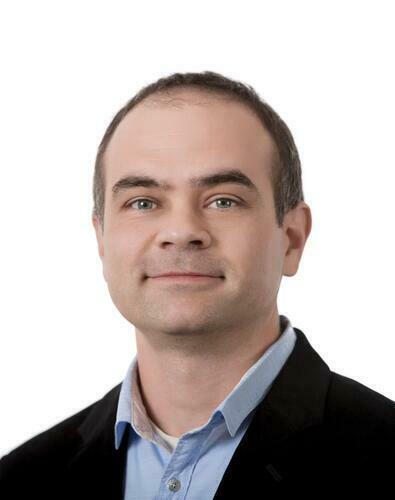
Nano-scale optical imaging and characterization of quantum materials
Dr. Adrian Gozar
Research Scientist, Department of Physics
Yale University
‘Quantum materials’ is a term encompassing a variety of compounds where interactions, reduced dimensionality, symmetry and topology conspire to make quantum mechanics demonstrable at macroscopic scales. Their properties can be often conjoined in artificial hetero-structures and are sensitive to external stimuli. Recent theoretical proposal also indicate they could be further controlled in customized electromagnetic environments, suggesting that these materials constitute a plausible path towards ‘on-demand’ quantum effects. Emergent electronic orders in multi-layered systems also demand suitable ways to probe surfaces, buried interfaces as well as their interactions. Combined atomic force and near-field optical microscopy (AFM-SNOM) provides such an oportunity allowing us to explore new territory in terms of energy and momentum with sub-surface sensitivity and lateral resolution beating diffraction limits by many orders of magnitude. I will discuss our implementation to variable-temperature AFM-SNOM based on piezo-probes and illustrate the ability of this nano-optical technique to provide new ways to access collective modes in 2D materials. I will discuss an example of generation and coupling to light-matter modes in a film of LaSrCuO4 superconductor using THz light and show that the reason for the resonantly enhanced signal below the critical temperature is coupling to surface Josephson plasma waves, which are Cooper pair excitations of this strongly anisotropic material. I will also discuss how this technique could provide a path towards studying electrical properties of novel materials such as borophene. This 2D boron allotrope, considered a prototype for synthetic 2D material development, is a compound we synthesized in large-area, single-crystal form on Cu(111) surfaces and characterized using electron microscopy, diffraction and ab-initio calculations. We believe these AFM-SNOM results barely scratch the surface (pun intended) of a few exciting areas of new research and anticipate this technique to be very useful for exploring collective modes and light-matter interaction in novel photonic systems and devices.
Hosted by Prof. Janko
email physics@nd.edu for zoom link